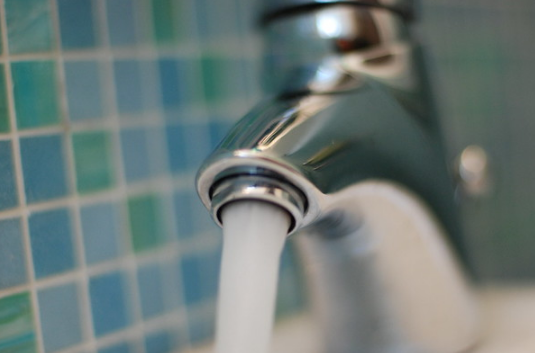Despite the advancements the world has made in terms of technology, many parts of the world are still exposed to contaminated water. Even the most developed nations around the world still lack enough preventive measures to ensure their infrastructure remains uncontaminated with a number of different parasites and viruses. These different types of contaminants find their way into local rivers, lakes and streams which then seep into our supply of drinking water. This can lead to a number of drinking water supplies becoming contaminated at any given point due to an outbreak.
These risks make it particularly poignant for families around the world to do their due diligence in investing into treatment for the sources of water in their home. This goes beyond just the water your family drinks from the kitchen faucet. It also includes the plumbing in your home, the sprinkler system and everything in between. Failure to do so can cause a number of illnesses amongst our families.
Below you’ll find a few of the contaminants that can creep their way into your home and some ways to avoid them from spreading too far.
Legionella: most commonly known as the bacteria that is responsible for Legionnaires’ disease. This bacteria causes a flu-like illness that affects the lungs. Some symptoms include coughing and shortness of breath, but can also include more serious ailments such as nausea and vomiting; as well as serious muscle aches. The bacteria spreads through the breathing of contaminated water droplets around the home. Be sure to properly investigate different water sources around the home and have routine maintenance done to ensure this bacteria does not find its way into your home.
Coli: this bacteria is often found in the digestive systems of living organisms and can seep into drinking water supplies. More often than not, insufficient treatment of wastewater around your area can cause this bacteria to find its way into the home. Drinking water contaminated with this bacteria will often cause some gastrointestinal problems such as vomiting and diarrhea. Avoid any drinking water if there’s any suspicion of a contamination in your area.
Salmonella: one of the most transmittable of these bacteria and often the most common in the home. Friendly reptilian creatures kept as pets have been known to pass this bacteria to their owners. Those infected often face severe gastrointestinal symptoms. Fortunately enough, you don’t need to say goodbye to the family lizard. Just be sure to properly wash your hands with soap after coming into contact with the lizard itself and any of its surrounding area.
These are just a few of the contaminants that can seep into the home if your family is not careful. For additional information on these different contaminants, check out the featured infographic below. In it, you’ll find more of what could be lurking through your pipes in addition to strategies to keep your family safe.

Chris Ebener is a mechanical engineer for LiquiTech, with a proven track record of diagnosing and remediating public water system issues of various sizes and complexity. Ebener is an expert on the biochemical makeup of facility water systems, system architecture and various methodologies of public drinking water treatment.




